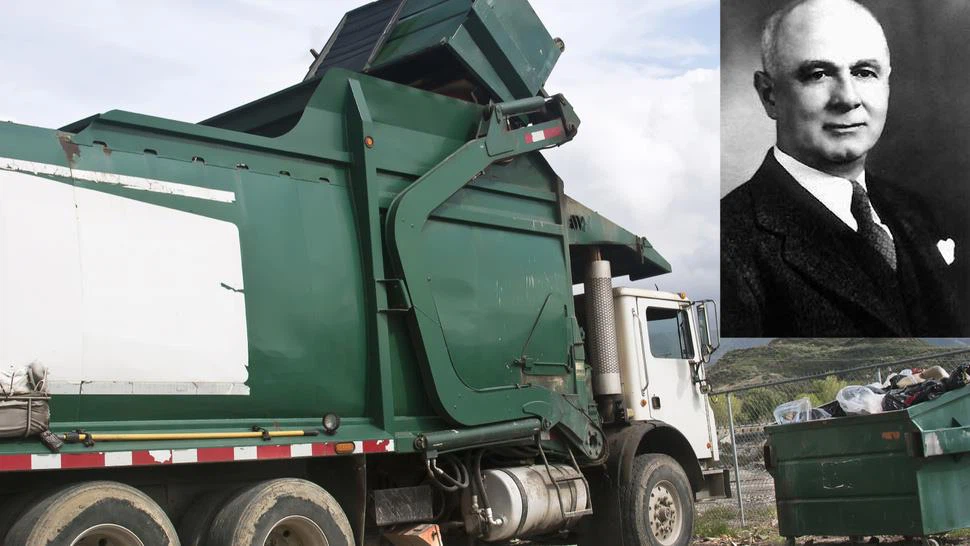Ultimate Guide to Front End for Trucks: Everything You Need to Know

Introduction
The front end of a truck is one of the most critical components in terms of safety, performance, and aesthetics. Understanding the various aspects of a truck’s front end can significantly enhance both functionality and user experience. Whether you are an experienced truck owner, a fleet manager, or someone looking to buy their first truck, this comprehensive guide will walk you through everything you need to know about truck front ends. In this article, we’ll cover types of front ends, components, maintenance tips, and even modifications to enhance your truck’s performance and appearance.
What is the Front End of a Truck?
The front end of a truck encompasses various components located at the front section of the vehicle. This area is crucial for the truck’s overall performance, steering, and safety. Key components include the grille, headlights, bumper, fenders, and suspension system. Each part plays a role in aerodynamics, visibility, and impact absorption.
Key Components of Front End for Trucks
The Grille
The grille is one of the most visible parts of a truck’s front end. It’s designed to allow air to flow into the engine bay while protecting the engine from debris.
Types of Grilles
- Mesh Grilles: These offer a sleek look and are often found on performance models.
- Solid Grilles: Used primarily for utility trucks, providing maximum protection.
- Custom Grilles: Available from various manufacturers, these can enhance aesthetics and performance.
Headlights
Headlights are essential for safe nighttime driving. Truck headlights vary primarily in size, shape, and technology.
Types of Headlights

- Halogen Headlights: Standard, cost-effective, but less efficient than modern alternatives.
- Xenon (HID) Headlights: Brighter and provide better visibility; they consume more power.
- LED Headlights: Highly efficient, long-lasting, and provide superior brightness.
Bumper
The bumper acts as a protective barrier at the front of the truck. It absorbs impacts from minor collisions and can be a significant factor in safety ratings.
Types of Bumpers
- Standard Bumpers: Usually made of plastic or metal; designed for everyday use.
- Heavy-Duty Bumpers: Made for off-road applications, providing the ultimate protection.
- Custom Bumpers: Allows truck owners to enhance the look and function of their vehicle.
Fenders
Fenders are designed to fit over the wheels, preventing mud and dirt from splashing onto the body of the truck. They also provide aerodynamics and style.
Benefits of Fenders
- Protection against debris
- Enhanced aerodynamics
- Improved aesthetics
Suspension System
The suspension system plays a vital role in steering and handling. It impacts how the truck takes on bumps and turns.
Types of Suspension
- Leaf Spring Suspension: Common in heavy-duty trucks for loading capacity.
- Coil Spring Suspension: Offers a smoother ride, found often in lighter trucks.
Maintaining Your Truck’s Front End
Regular Inspections
Regular inspections are crucial for keeping your truck’s front end in optimal condition. Check for any signs of wear and tear such as cracks in the bumper or faded headlights.
Cleaning and Detailing
Maintaining cleanliness can help spot potential issues earlier. Regularly wash the front end to remove debris and road grime.
Replacing Worn Parts
Be proactive in replacing worn-out parts like headlights and grilles. Ignoring small issues can lead to bigger problems down the line.
Modifying Your Truck’s Front End
Aesthetic Modifications

Many truck owners opt for aesthetic modifications to enhance the overall appearance. Custom grilles, LED light bars, and unique bumpers can bring life to an otherwise standard look.
Performance Modifications
For those more interested in performance, modifications like upgraded suspension systems can improve handling and stability.
Off-Road Packages
Consider investing in off-road packages that modify the front end for better clearance and protection. High-performance bumpers and lighting systems can significantly enhance off-road capabilities.
Practical Examples and Tips
Choosing the Right Parts
When selecting parts like bumpers or grilles, consider compatibility with your truck model. Always consult your truck’s manual or contact a professional.
Consulting Professionals
If you’re unsure about any modifications or repairs, it’s best to consult with a professional mechanic. Their experience ensures that modifications won’t compromise vehicle safety.
Budgeting for Upgrades
Set a budget before making any modifications. Some parts can be expensive, so prioritize what needs to be fixed or enhanced.
Frequently Asked Questions (FAQs)
1. How often should I check my truck’s front end?
It’s advisable to inspect your truck’s front end at least once every six months and before any long trips.
2. What are the signs of a failing suspension system?
Symptoms of a failing suspension system include excessive bouncing, difficulty steering, and uneven tire wear.
3. Can I install a custom grille myself?
Yes, many trucks allow for simple installations for custom grilles, but consult your vehicle’s manual for specific instructions.

4. What are the benefits of LED headlights?
LED headlights provide brighter illumination, consume less power, and last significantly longer than traditional halogen or HID lights.
5. Are heavy-duty bumpers worth the investment?
If you frequently engage in off-road activities or towing, heavy-duty bumpers provide enhanced protection and durability, making them a worthwhile investment.
6. How can I improve my truck’s fuel efficiency through front end modifications?
Improving aerodynamics with a sleek grille and lowering the front end can help enhance fuel efficiency. Lightweight components can also contribute to better performance.
